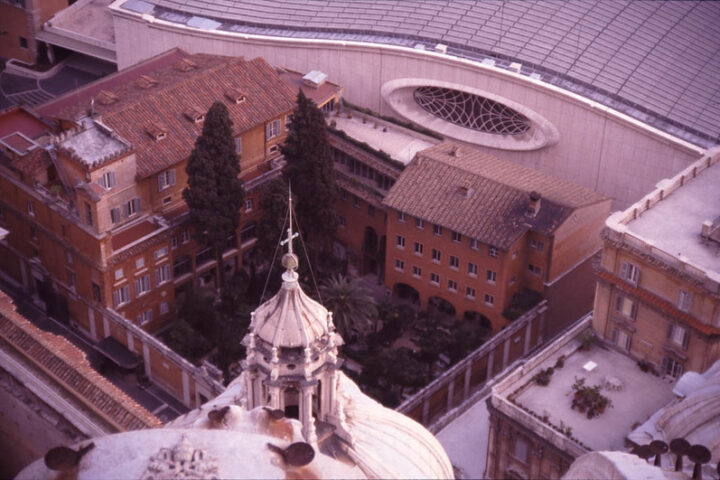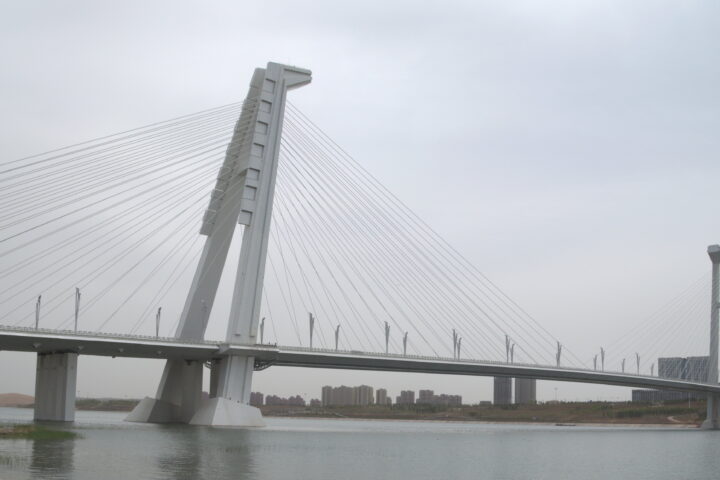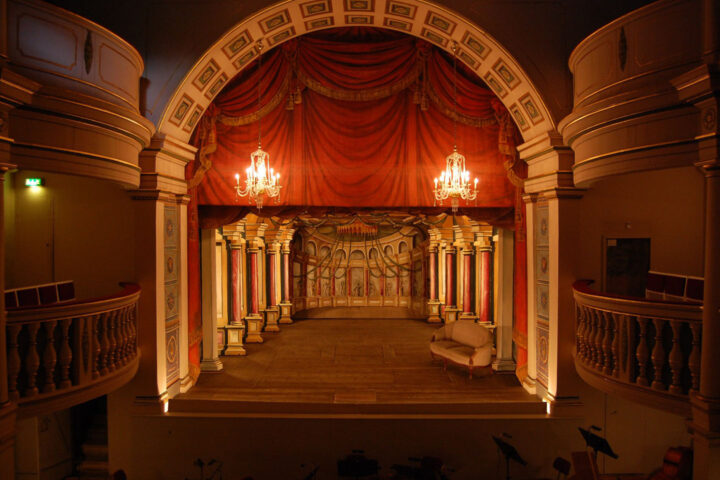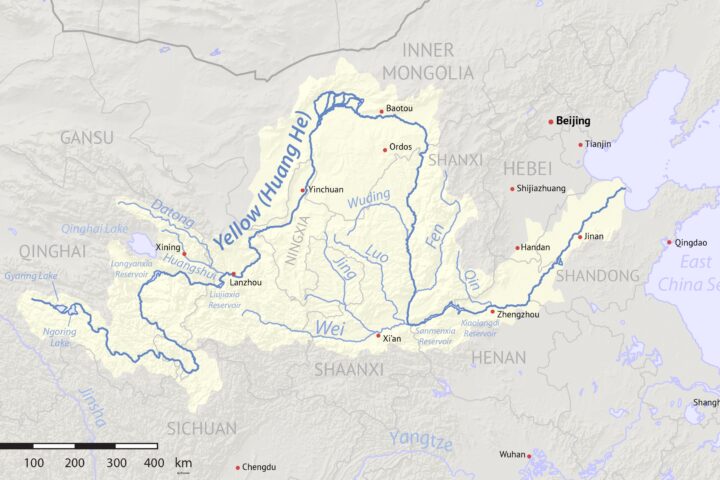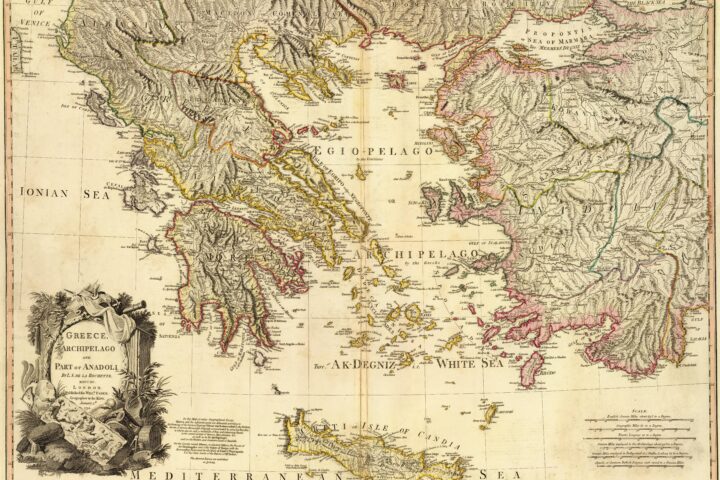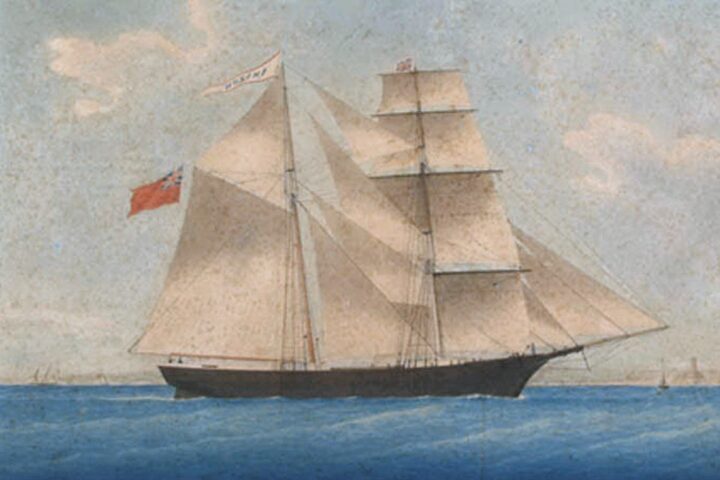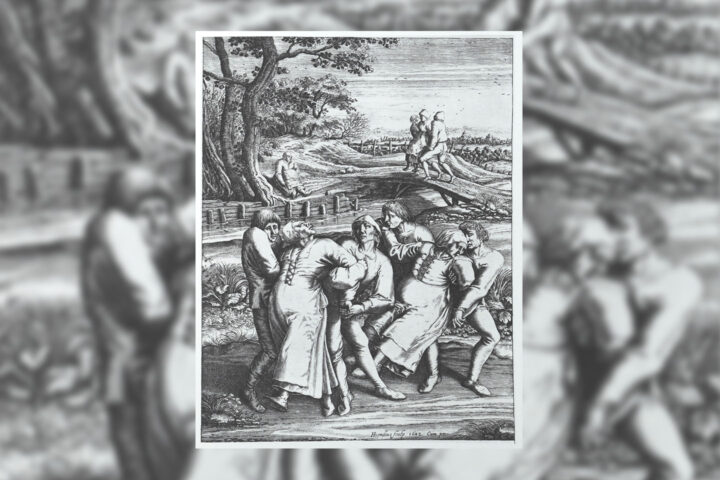Source: Flickr_Old monuments _ Rankesh Kumar
Learn more about technology from the past which has persisted till date and hasn’t shown any signs of leaving us be.
Engineering and technology seem like modern inventions but they are hardly so. In today’s era of rapid development, it is important to remember and understand the cutting-edge technology which existed in the past and which has paved the path for what we have today.
Archaeologists have found traces and real sites full of sophisticated irrigation systems, machines, and devices which are remarkable. Some of these have been made with such perfection and precision that they haven’t perished even now. These examples of architectural and engineering superiority of the past are here amongst us even today and should be appreciated for how they have kept the legacy of our ancestors safe.
The Iron Pillar

Source: Flickr_Iron Pillar_Iron Pillar and Quwwat-ul-Islam Mosque. Delhi
The Quṭb Mīnār mosque’s central courtyard in the Mehrauli area of Delhi houses Qūwat-ul-Islām’s Iron Pillar, an ancient monument that is also known as the Iron Pillar of Delhi. This dates way back to the 4th century and hasn’t fallen down as of yet.
This might look like every other historical monument from afar. But there’s a very nice catch to consider here. This iron pillar has been able to defy rust for centuries despite being subjected to all that Delhi can throw at it; scorching heat, dust storms, cold winters and torrential monsoon rains. So, this Iron Pillar has become a testament to the artistic and metallurgical skill possessed by Indian ironsmiths from the past.
The technique used in creating the column involved forge welding while iron used was not pure as there were some impurities present due to slag which resulted from smelting procedure. When compared with modern methods where lime was added during smelting process thus no phosphorus left behind on iron ore. Gradually, these impurities oxidized into oxides that reacted with lots of phosphorus forming a ‘passive protective film’ that resists corrosion. According to Dr. Ramamurthy Balasubramaniam, a respected metallurgist from IIT Kanpur, it was this so-called ‘primitive’ process and the remaining impurities that created the anti-corrosive layer, allowing the pillar to remain intact and magnificent to this day.
The Antikythera Mechanism

Source: Flickr_Reconstruction of the Antikythera Mechanism_In October 190
The Antikythera Mechanism, which is also called the Antikythera Device, has been dated to the late 2nd or early 1st century BCE (approximately 205-60 BCE) and is often regarded as humanity’s first analogue computer. This artifact was found in 1901 and was used to determine the positions of the sun, moon, and planets.
Originally thought to have been over a foot tall and contained in a wooden box, this mechanism was discovered among statues and other goods as a corroded lump of metal among the remains of an ancient merchant ship that had sunk. Shortly after its discovery, attempts were made to understand what it was created for; these attempts are still going on up to now. Many years passed before scholars could figure out anything about those broken pieces retrieved from the shipwreck between 1900-1901. The acts of X-raying in between the seventies and nineties showed that it actually simulated the celestial movement. Thus, if one held it, they would be capable of keeping track of sunlight’s path with precision as well as those of both planets like earth’s water bodies. Meanwhile, however, x-ray images were unclear amid mainstream historians’ indifference regarding this invention that some theorists like Erich von Däniken alleged might have belonged to off-planet beings.
However, in 2006 the Antikythera Mechanism finally gained some attention. Scans done that year by a team led by Mike Edmunds of Cardiff University, Wales showed more data about the machine parts and inscriptions on them that were not visible. This discovery created further interest among researchers.
Since then, scholars have been trying to decipher what is written in those hidden writings especially so as to understand the remains of it with some being destroyed while others may still be in the bottom of water. Further, it indicates that Greeks of ancient times used sophisticatedly positioned and intricately made gears to represent cutting-edge scientific understanding. Additionally, this shows their outlook about nature which they saw natural phenomena occur in line with a predetermined system – like a machine – an idea which informs our current scientific description of the world.
Roman Aqueducts

Source: _ Flickr_Roman Aqueduct, intact after 2000 years. The Pont du Garde
The Roman aqueduct was a pioneering channel meant to convey fresh water to crowded places, and it showcased notable engineering for its time. In Egypt and India, there were previous civilizations that had built aqueducts. But the Romans were the ones who refined this idea and made a system of aqueducts which was spread across several territories. Even today, remains of these ducts can be seen in France, Spain, Greece, North Africa and Turkey.
A lot of planning went into the creation of these ducts and it was decided that these would be made by digging out pipes, tunnels, canals and bridges with utmost care. Gravity and natural sloping landscapes were what directed water from lakes or springs into towns. This water was then used for drinking, irrigation, and provision of hundreds of public fountains and baths.
Modern engineers still look at the notched stone arches of these bridges with awe and appreciate how the hard work that went into making them. But let’s not forget that these Roman Emperors has something that, thankfully, no one uses today- Slave labour.
The Shushtar Historical Hydraulic System

Source: Flickr_Shushtar Historical Hydraulic System, 3rd century AD_Shus
The Shushtar Historical Hydraulic System in Iran is made up of caves and tunnels which are filled with water. This whole system looks as if the water is being carried by great worms! But actually, this has been made over the centuries by ancient civilizations and developed by various of them as well.
This whole hydraulic system can be traced back to the 5th century BC when, reportedly, this was being built by the Persian King Darius the Great. The water from the Karun River was taken and redirected by using canals dug by people into natural rocks. By third century AD, it had been fully developed incorporating engineering knowledge from different civilizations such as Mesopotamians and Romans.
A series of pools and tunnels conducted water to mills in Shushtar town. At its time of construction, the complicated damming system, flumes, and mills must have seemed quite a marvel of technology, even today resounding with awe. To supply power for Shushtar well into the 1900s; albeit less effectively than before erosion takes place due to time. It is reasonable considering how old it is. Eventually however modern irrigation came on board making active use phased out during irrigation techniques took over.
Stonehenge

Source: Pexel_Photo by John Nail _stonehenge-england-1448136
Salisbury plain is the location of Stonehenge, a prehistoric stone circle monument, burial ground and archaeological site approximately 8 miles (13 km) north of Salisbury in Wiltshire, England. Although its exact significance is uncertain, it is widely held that Stonehenge functioned as an important religious center and was used by the chieftains, aristocrats and priests to demonstrate their wealth and power through its construction. Many of these men were buried in the many surrounding barrows. It could also have been a solar or lunar observatory for observing celestial events such as eclipses or changing seasons on earth, or even marking time for determining when to plant crops in fields. Conversely; it might have been created as homage to ancestors who acted like intermediaries between life and death or simply as a therapeutic sanctuary.
Stonehenge was constructed within an area already significant to Mesolithic and Neolithic peoples. They dug pits at the future site of Stonehenge around 8000–7000 BCE during early Mesolithic times in which they put down posts made from pine wood. Hunter-gatherers building monuments were rare among Early Prehistoric people but none similar structures from this time are known across Northwestern Europe. In just three miles of Stonehenge there are no less than seventeen long barrows (burial mounds) and two cursus monuments (long enclosures), from the Neolithic Period dating back to the fourth millennium.
The Stonehenge was made in several phases which makes its construction a big mystery for scientists today. And researchers have made very few cracks to this code.
Resources
- Dalal, K. (2020, May 29). Mystery of Delhi’s Iron Pillar. PeepulTree. https://www.peepultree.world/livehistoryindia/story/monuments/iron-pillar
- Iron Pillar of Delhi | Location, History, Composition, & Properties | Britannica. (2024). In Encyclopædia Britannica. https://www.britannica.com/topic/Iron-Pillar-of-Delhi
- Mark, J. J. (2023, August 2). Antikythera Mechanism. World History Encyclopedia. https://www.worldhistory.org/Antikythera_Mechanism/#google_vignette
- Marchant, J. (2015, January 21). Decoding the Antikythera Mechanism, the First Computer. Smithsonian Magazine; Smithsonian Magazine. https://www.smithsonianmag.com/history/decoding-antikythera-mechanism-first-computer-180953979/
- Roman Aqueducts. (2023). Nationalgeographic.org. https://education.nationalgeographic.org/resource/roman-aqueducts/
- Betz, E. (2020). Aqueducts: How Ancient Rome Brought Water to Its People. Discover Magazine; Discover Magazine. https://www.discovermagazine.com/planet-earth/aqueducts-how-ancient-rome-brought-water-to-its-people
- Shushtar Historical Hydraulic System. (2010, June 15). UNESCO Multimedia Archives. https://www.unesco.org/archives/multimedia/document-1041
- Shushtar Historical Hydraulic System. (2016, March 7). Atlas Obscura. https://www.atlasobscura.com/places/shushtar-historical-hydraulic-system
- Stonehenge – 3rd-6th Stages, Bluestones, Solstice | Britannica. (2024). In Encyclopædia Britannica. https://www.britannica.com/topic/Stonehenge/Third-stage-2470-2280-bce



